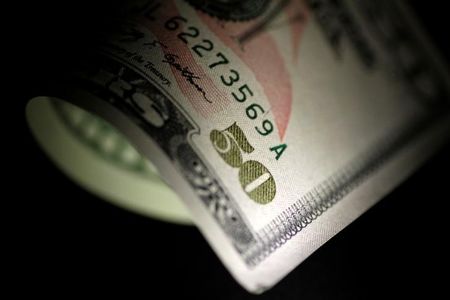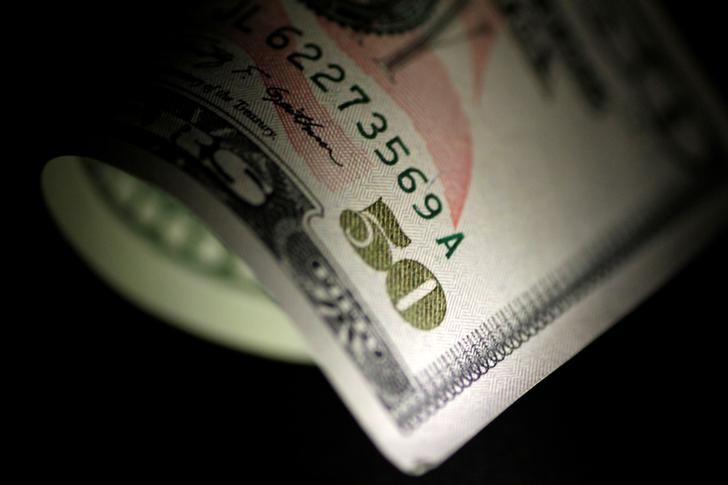Forex
Dollar edges higher, but near monthly lows ahead of PCE inflation


© Reuters.
Investing.com – The U.S. dollar edged higher in early European trade Tuesday, but remained near a three-month low as traders awaited key inflation data amid growing conviction that the Federal Reserve has completed its rate-hiking cycle.
At 04:20 ET (09:20 GMT), the Dollar Index, which tracks the greenback against a basket of six other currencies, rose 0.1% to 103.130, trading just above its lowest level since Aug. 31.
The dollar was on track for a loss of more than 3% in November, its worst monthly performance in a year.
PCE inflation data in focus
The dollar retreated on Monday after data showed that U.S. fell 5.6% in October, pointing to a slowdown in the U.S. economy, and supporting bets that the could start cutting interest rates in the first half of next year after ending its hiking cycle at the start of this month.
However, this theory is likely to be put to the test with the release of another U.S. inflation report on Thursday.
The Fed’s preferred inflation gauge, the , is expected to have risen 0.1% in November, a fall from 0.4% in September.
The , which strips out food and fuel costs and is considered a better gauge of underlying inflation, is expected to have risen 3.5% on a year-over-year basis, a drop from 3.7% the prior month, and the lowest since mid-2021.
European consumer confidence returning
In Europe, fell 0.1% to 1.0947, but remained near its highest levels since mid-August with consumer confidence data from and suggesting a slight improvement.
The latest EU inflation data is due for release later this week, and is expected to show an easing of pressures.
That said, the fight to contain price growth is not yet done, ECB President said on Monday.
“This is not the time to start declaring victory,” Lagarde told a meeting of EU lawmakers in Brussels. “We need to remain attentive to the different forces affecting inflation and firmly focused on our mandate of price stability.”
rose slightly to 1.2626, trading near an over two-month high.
Yen edges higher ahead of data deluge
In Asia, traded marginally lower at 148.64, with the yen helped by the continued dollar weakening.
The Japanese currency may, however, be in for some turbulence depending on the outcome of this week’s inflation data from the United States, as well as and readings from Japan.
traded flat at 7.1526, with the focus this week squarely on for November, due on Thursday. The readings are expected to show continued weakness in business activity after a swathe of disappointing readings for October.
rose marginally to 0.6607, after Australian unexpectedly shrank in October, spurring some bets that inflation will trend lower in the coming months.

 Forex3 years ago
Forex3 years agoForex Today: the dollar is gaining strength amid gloomy sentiment at the start of the Fed’s week

 Forex3 years ago
Forex3 years agoUnbiased review of Pocket Option broker

 Forex3 years ago
Forex3 years agoDollar to pound sterling exchange rate today: Pound plummeted to its lowest since 1985

 Forex3 years ago
Forex3 years agoHow is the Australian dollar doing today?

 Cryptocurrency3 years ago
Cryptocurrency3 years agoWhat happened in the crypto market – current events today

 World3 years ago
World3 years agoWhy are modern video games an art form?

 Commodities3 years ago
Commodities3 years agoCopper continues to fall in price on expectations of lower demand in China

 Economy3 years ago
Economy3 years agoCrude oil tankers double in price due to EU anti-Russian sanctions





















